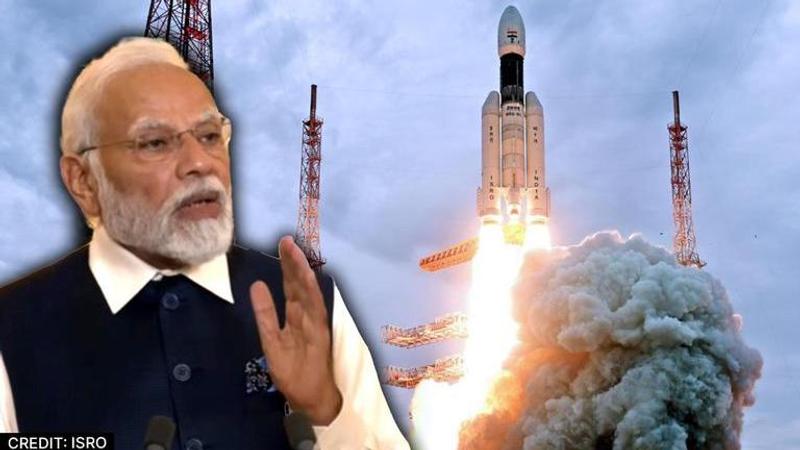Published 22:43 IST, July 14th 2023
PM Modi lauds Chandrayaan-3, banks on Trishna satellite launch with France
PM Modi acknowledged the successful launch of Chandrayaan-3 which launched from Sriharikota and spoke on new fronts where ISRO and CNES will collaborate.

Prime Minister Narendra Modi, during a joint media address with French President Emmanuel Macron on July 14, reflected on the decades-old India-France space relations. Speaking at the Elysee Palace, PM Modi acknowledged the successful launch of Chandrayaan-3 and spoke on new fronts where ISRO and CNES (the French space agency) will cooperate.
#ModiInFrance | 'Happy to be part of the National Day Parade': PM Modi calls France and India natural partners.#ModiInFrance #Paris #CEOForum #France #PMModiInParis #PMModi #EmmanuelMacron pic.twitter.com/4KJUILhyoi
— Republic (@republic) July 14, 2023
"Today, India is excited about the launch of Chandrayaan-3. This is a huge achievement for our scientists. India and France have an old and deep collaboration in the field of space," PM Modi said. "There have been new agreements between our space agencies which include satellite launch services and the development of the TRISHNA satellite. We can enhance our cooperation in areas like space-based maritime domain awareness as well," he added.
During his address to the Indian diaspora at the La Seine Musicale on July 13, PM Modi underscored France's assistance in developing the Thumba Equatorial Rocket Launching Station (TERLS) in Thiruvananthapuram, Kerala. Notably, France has also provided technical assistance in building ISRO's launch pad in Sriharikota in the 1960s.
India-France TRISHNA satellite
ISRO (Indian Space Research Organisation) and the CNES (Centre National d'Etudes Spatiales) have collaborated to develop the TRISHNA (Thermal InfraRed Imaging Satellite for High-resolution Natural Resource Assessment) satellite which is targeted for launch in 2025. Equipped with three instruments, the TRISHNA satellite will have a lifespan of five years and will be installed in a sun-synchronous orbit at an altitude of 666 km. The satellite will be launched using ISRO's Polar Satellite Launch Vehicle (PSLV) and will be controlled by the U R Rao Satellite Centre in Bengaluru.
(Artist's representation of TRISHNA satellite)
The CNES says that TRISHNA will enhance our understanding of the water cycle and improve the management of water resources to better define the impacts of climate change, especially at the local level. It will observe the surface temperature of oceans and the data will be applied particularly in agriculture and hydrology. Its applications will also extend to surveillance of continental and coastal waters, follow-up of urban heat traps, monitoring fire and volcanic activity, and studying glaciers and frozen lakes.
Updated 22:43 IST, July 14th 2023





